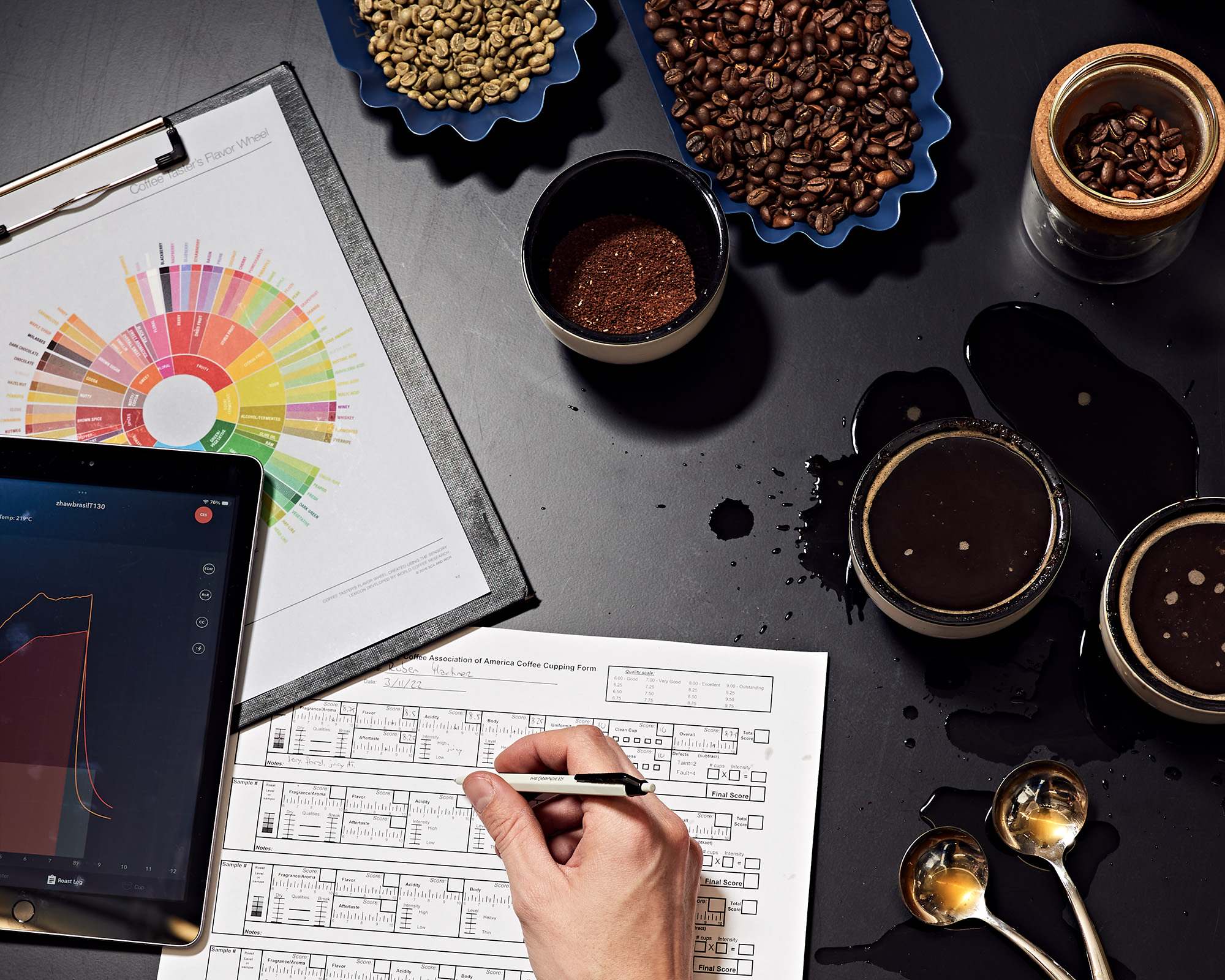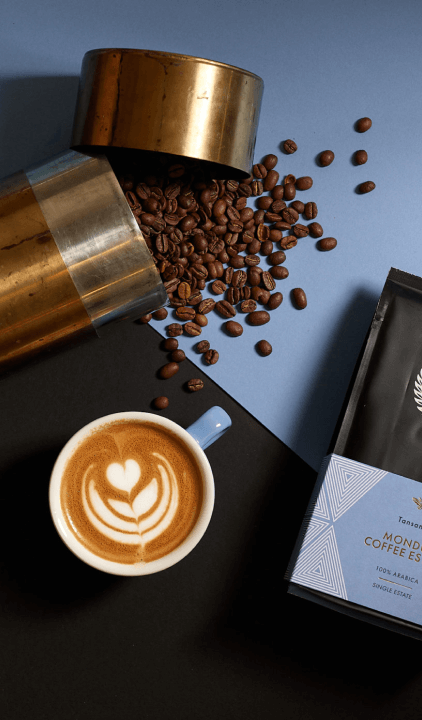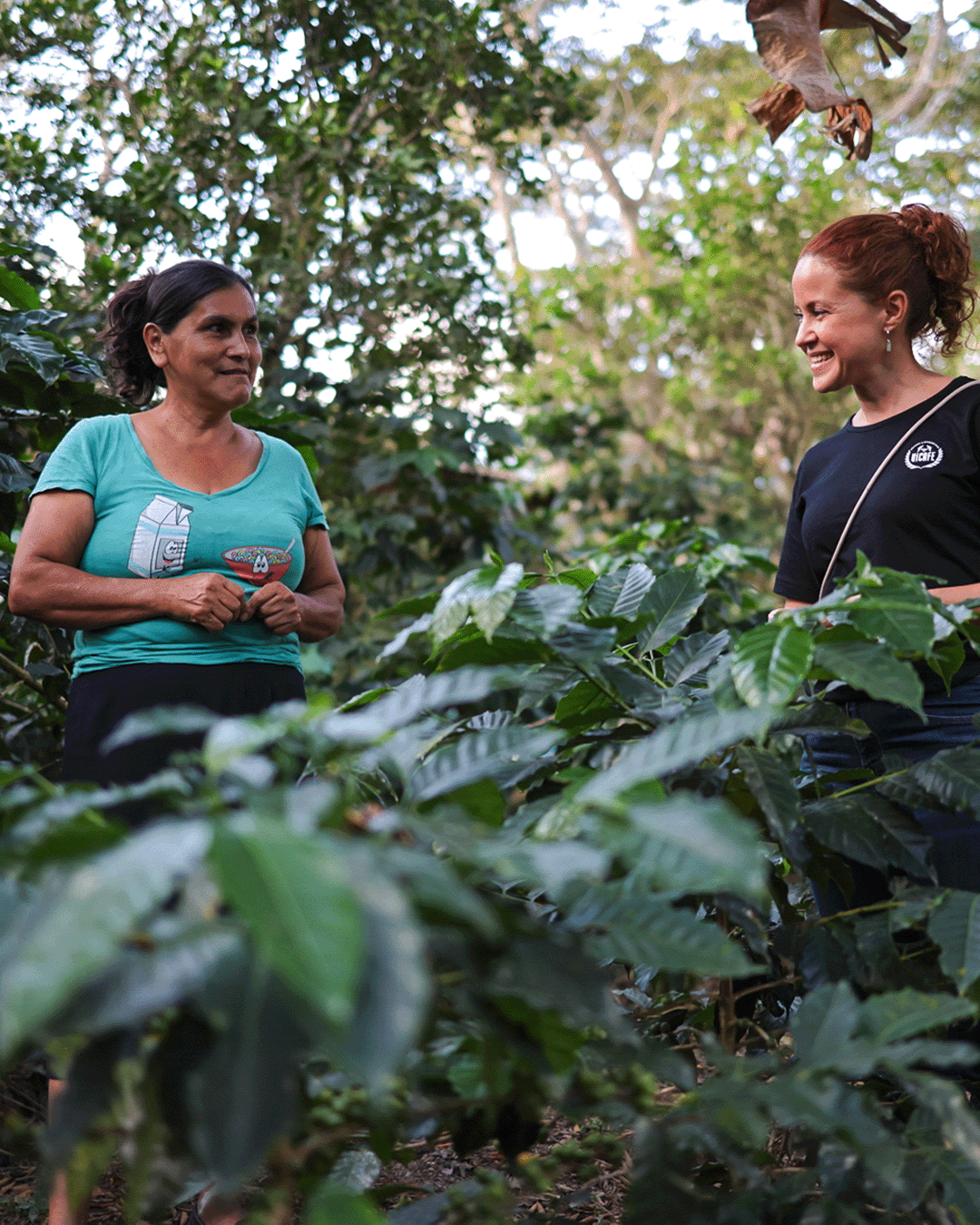
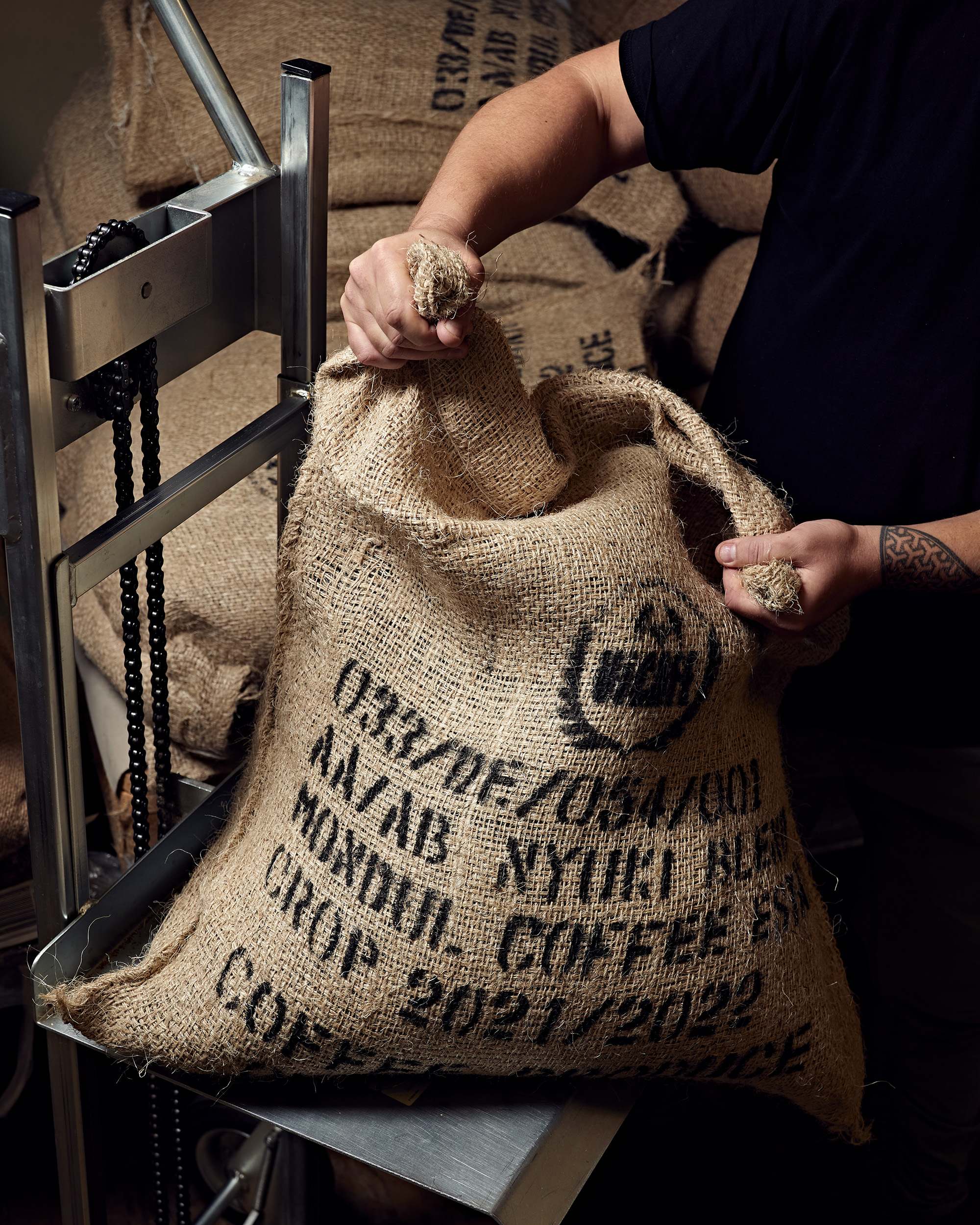
Stage 1 – Establishing and maintaining long-distance relationships
One thing is particularly important to us: building and maintaining personal and valuable relationships with the producers of our coffee beans. This enables us to ensure and guarantee quality, transparency and fair working conditions along the entire value chain. At the same time, the regular exchange of information also gives us the opportunity to obtain special coffees from time to time.
Then opportunity arises that ten bags of coffee arrive at our Altstetten roastery, which we process into our Special Lots. We offer these specialties in the espresso bars on the second grinder or in our seasonal lot coffee subscriptions.
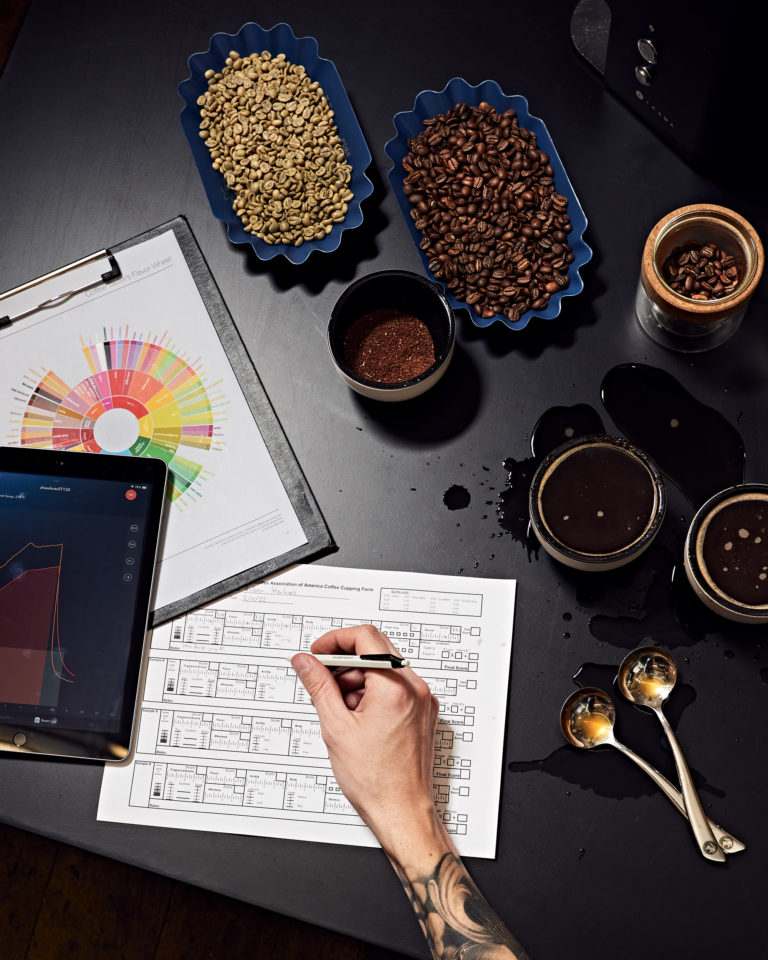
Stage 2 – Exploring the flavors
An important step in the coffee beans’ journey from the farm to the cup is what we call coffee cupping. During coffee cupping, buyers and roasters around the world evaluate the quality of the coffee and map their impressions as precisely as possible using grids and patterns. Cupping is a recurring process in our roastery and proves to be an essential part of comparing the results of the various tastings and ensuring consistent quality. We do it,
- when new green coffee arrives at our roastery. This way we ensure that there are no flavor changes or interfering aromas.
- When we try out a new roasting profile. This allows us to see immediately how different roasting degrees (the combination of roasting time and temperature) affect the taste.
- During weekly production cupping. Here we try different samples of the same coffee to check that all is well with the storage and roast profile.
- When we receive green coffee samples from new harvests or from new farms. Then it’s a matter of finding out whether a producer or a new coffee has the potential to be included in our range.
Stage 3 – Developing the taste
Each coffee variety has different aromatic characteristics, we talk about the intrinsic properties of a coffee. They reach their optimum while the beans are ripening on the plant. The task of our roasters is to determine these aroma accents by means of different degrees of roasting and to highlight them accordingly.
We create different accents for each product. What you smell and taste in your VICAFE is the balance between the different flavor nuances we have decided on in the roastery. The challenge is to find the right balance for each coffee, each bean, each blend.
For our espresso roasts, this means trying to preserve a bean’s origin-typical characteristics while maximizing sweetness.
For the roasts that we develop for filter coffee, our focus is on the aromas. We want to accentuate these while minimizing roast-typical flavors as much as possible. More on that in a moment.
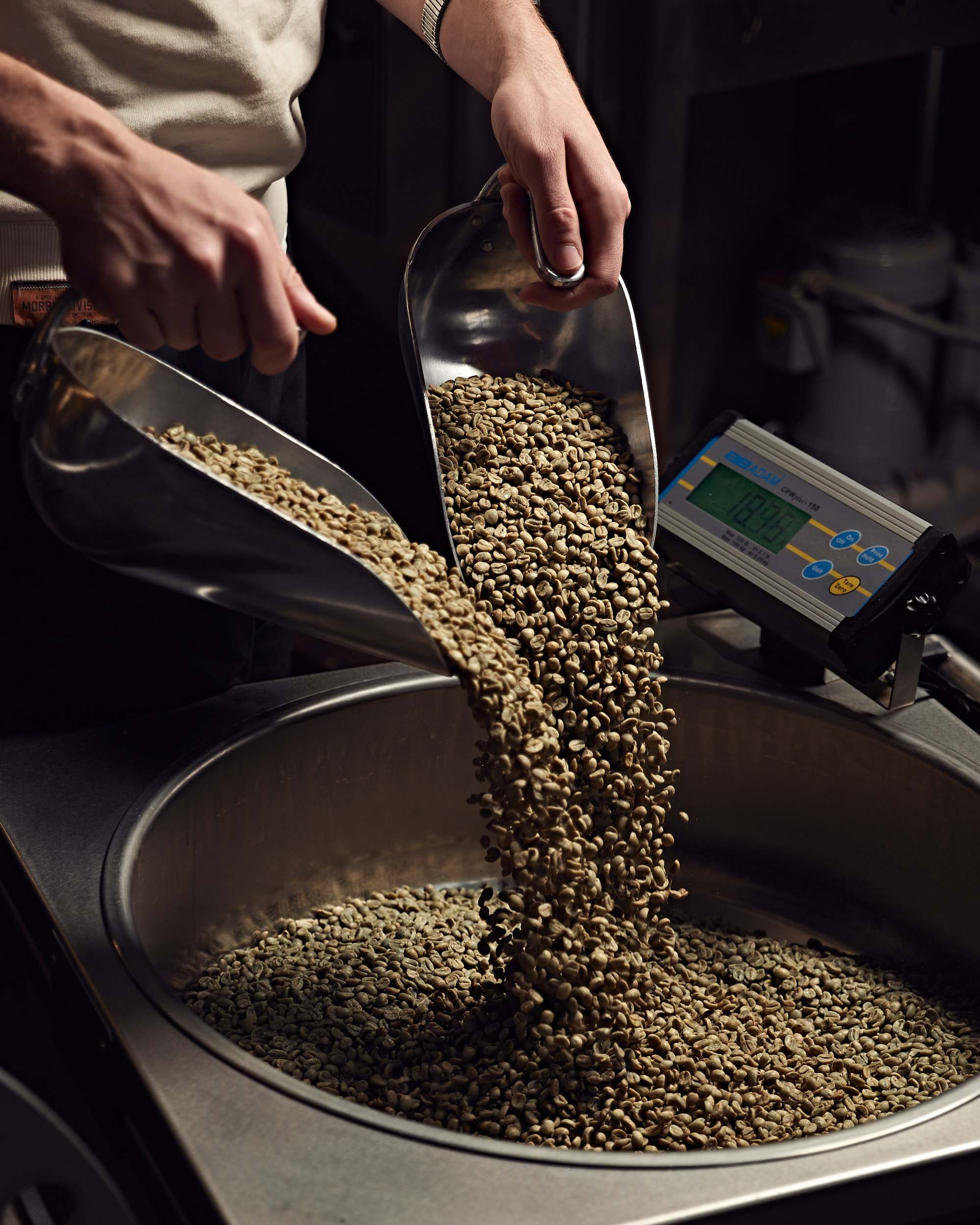
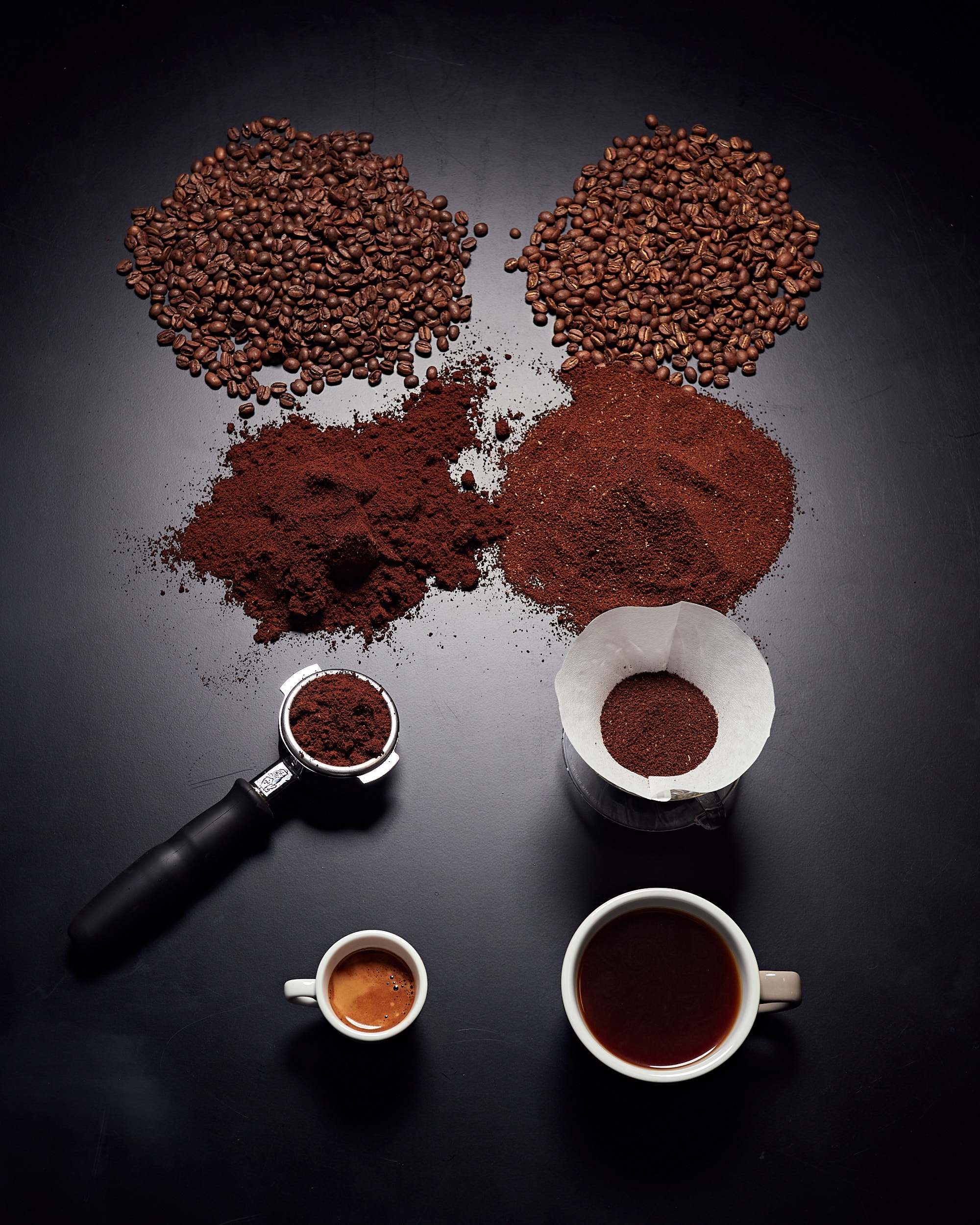
Stage 4 – Letting the flavor emerge
The aroma of each coffee bean changes during roasting. To get the best out of the beans, the degree of roasting is crucial.
At the beginning of the roasting process, the coffee develops grassy notes. The aromas continue to develop towards toasted bread and flavors with a woody character. Only after this stage do the aromas typical of the variety develop – depending on the growing conditions and processing of the beans, these range from fruity to herbal and even spicy. With increasing roasting time and roasting temperature, these aroma components are displaced by bitter substances and the coffee becomes darker and oily.
Our roasters must therefore carefully determine the degree of roasting at which the various aromas are in harmony. To do this, they use all their senses: they look at the color of the beans, smell them, and check the taste.
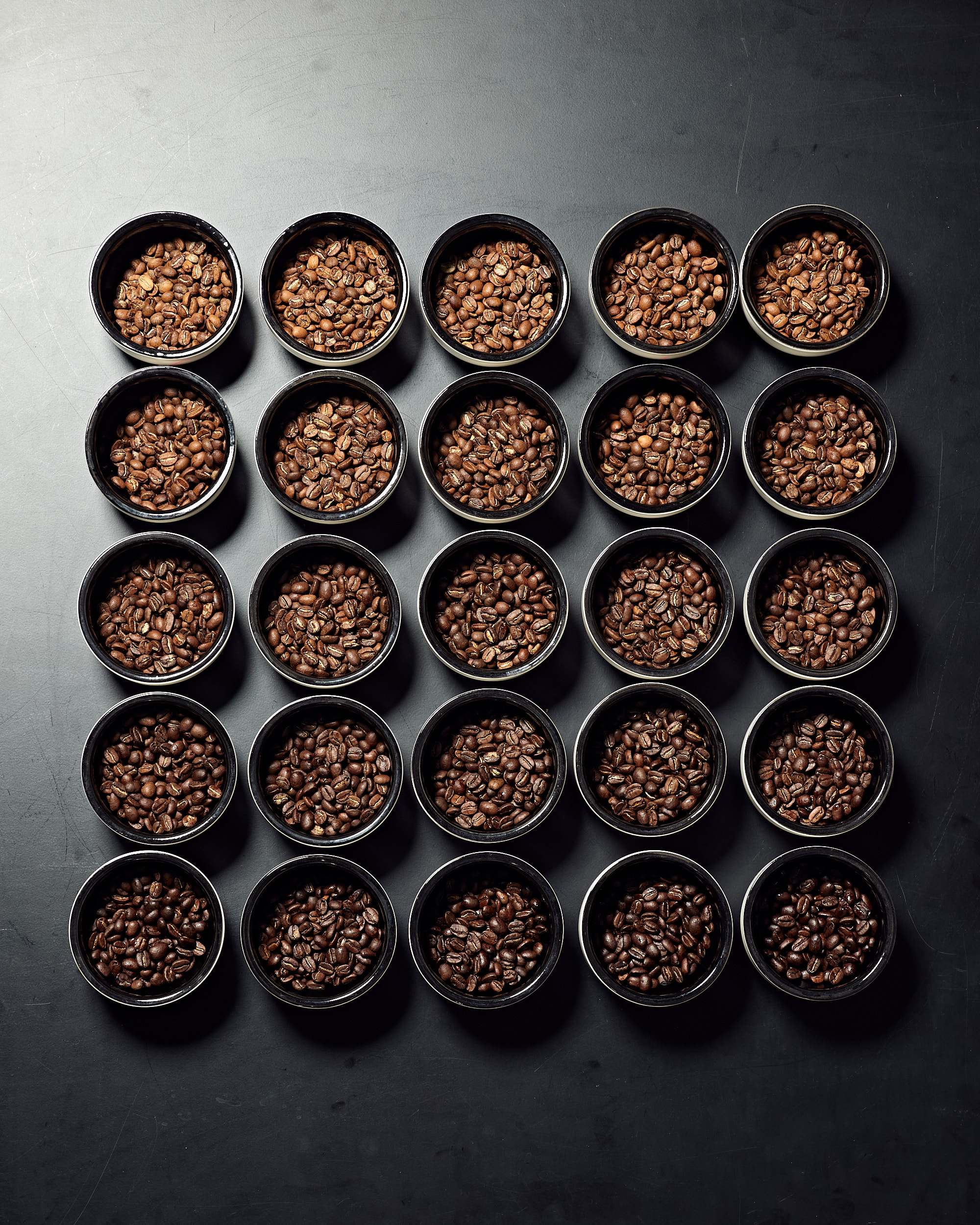
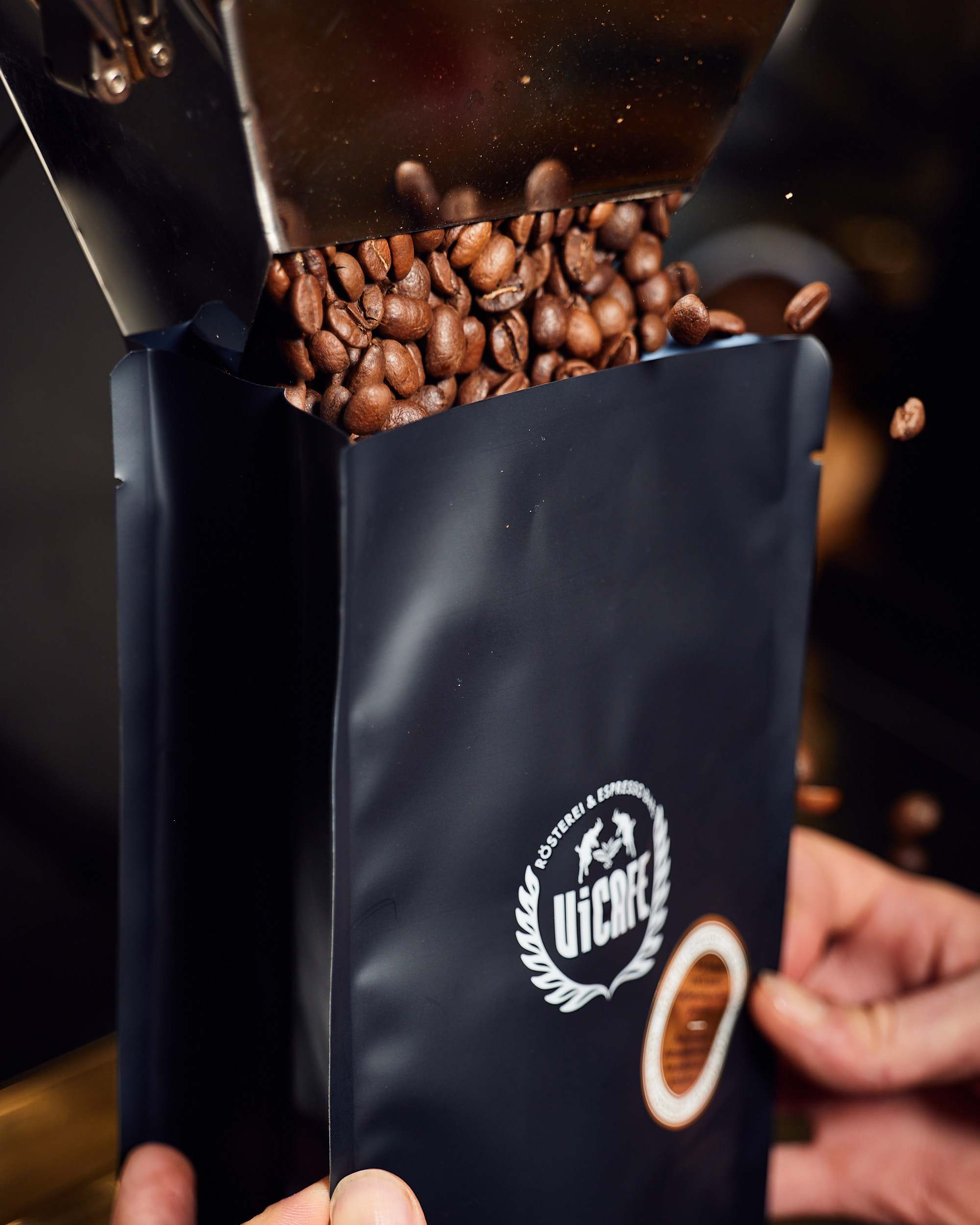
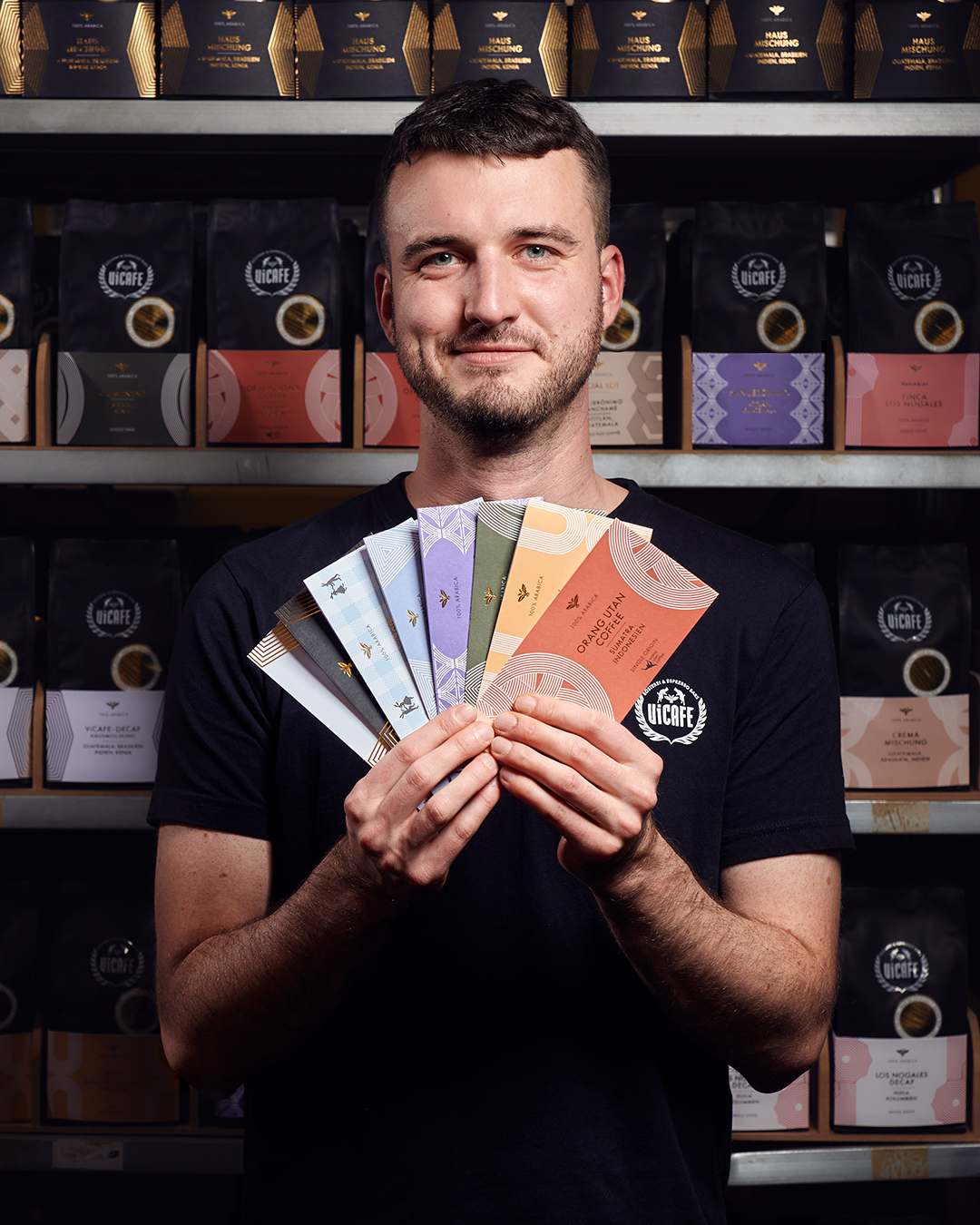
Stage 5 – Ensuring quality
Once the harmony of flavors is established, the coffee beans are carefully packaged. The black bags made of monoplastic material – which is important for recycling – are hermetically sealed to protect the coffee from light and foreign odors for transport and storage until they are finally ground in our espresso bars or at your home.
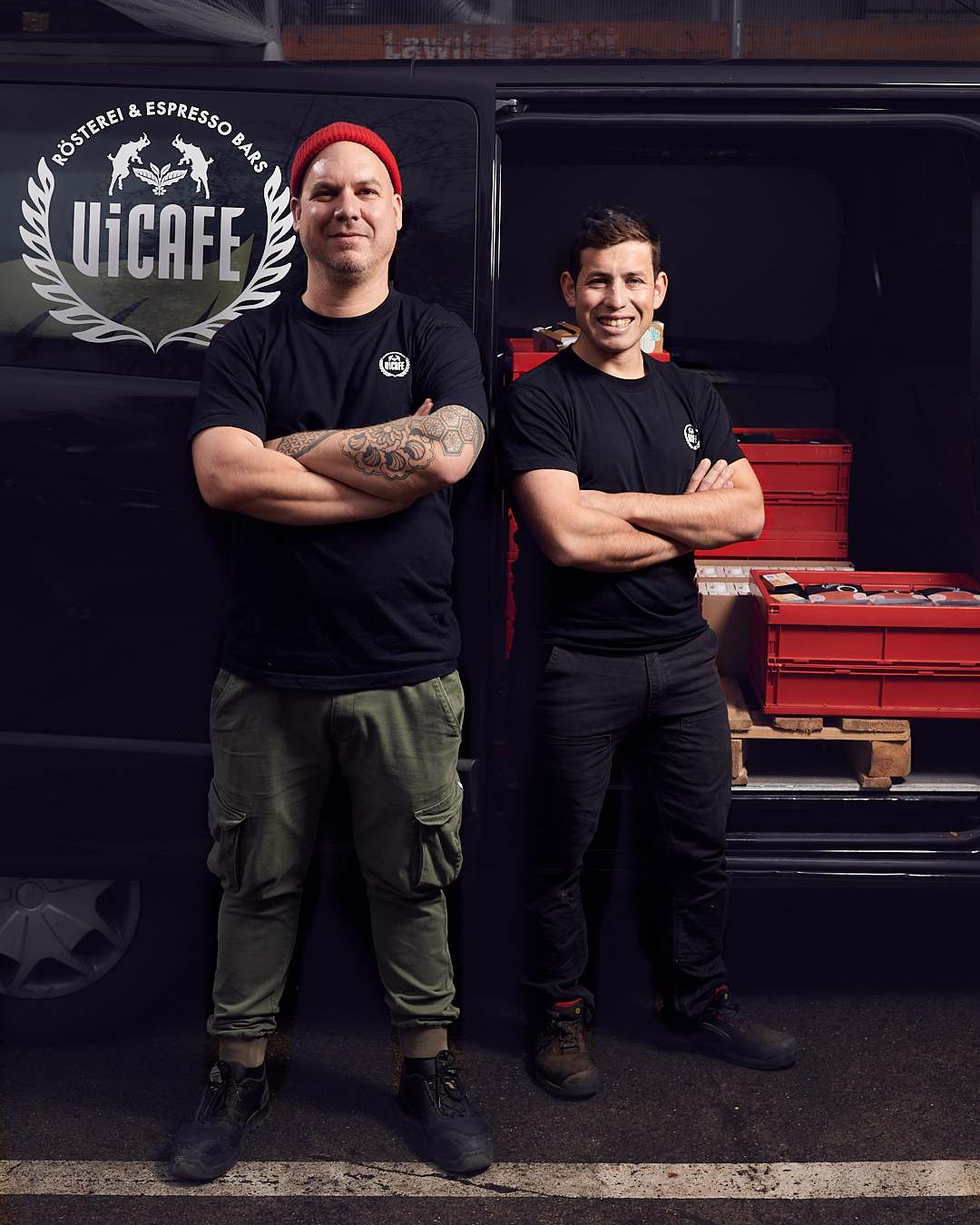
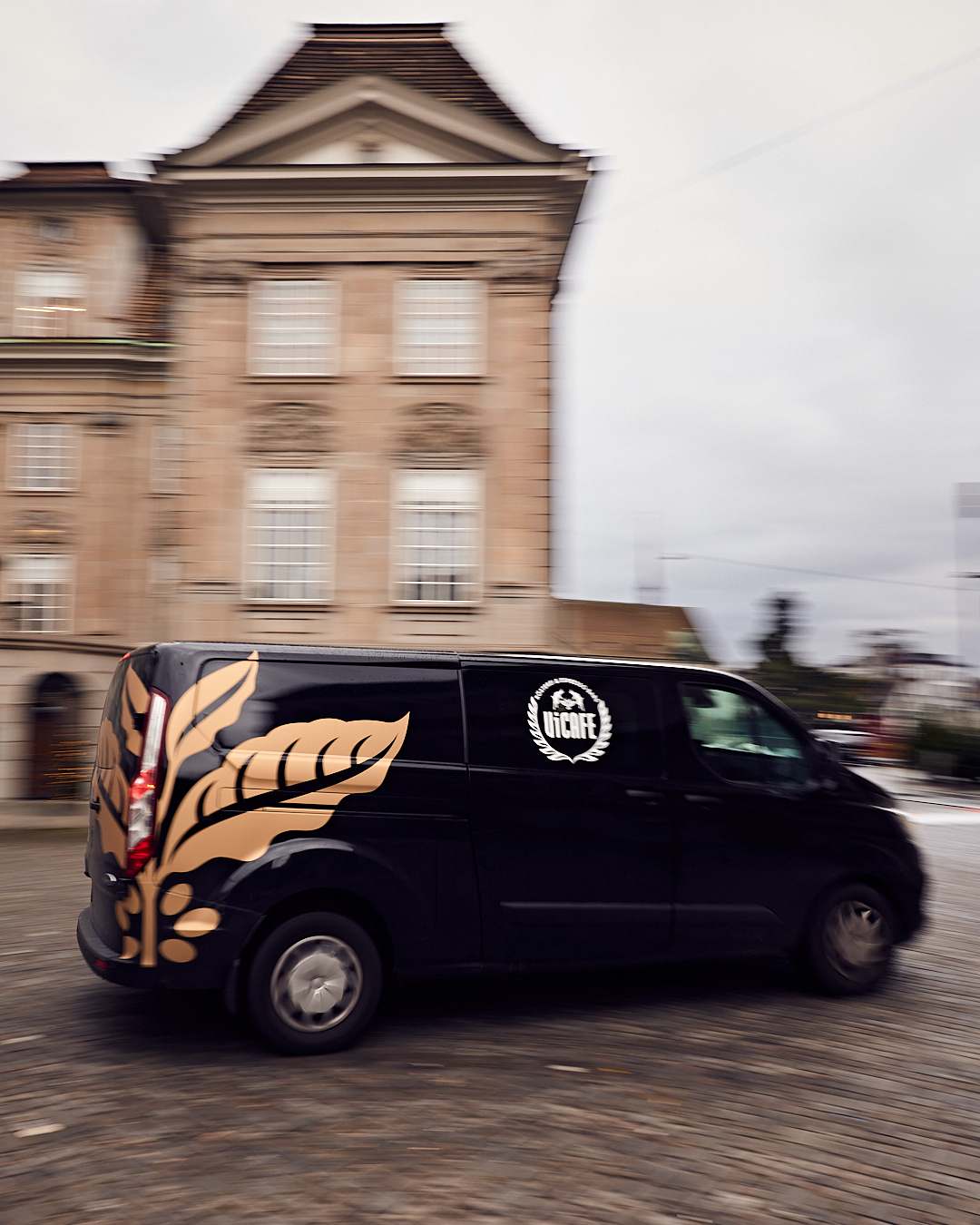
Stage 6 – Delivering the coffee
Every day, Niels and David supply the 11 Espresso Bars in the city of Zurich with everything they need: Coffee beans, milk, croissants and baked goods from ViBakery. Their route interconnects the Espresso Bars in Zurich. Because they don’t take the fastest or the shortest route, but are guided by the opening hours of the Espresso Bars.
Once a week, they also travel to our bars in Eglisau and Basel. So that everything is ready when you stand in front of our window at the Espresso Bar. On this note: Good morning!


